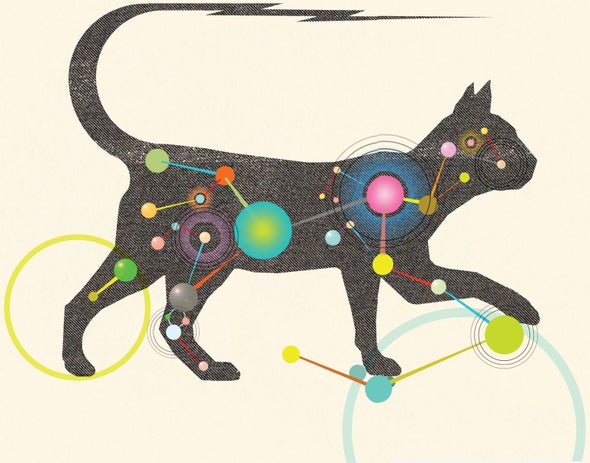Here‘s an answer to a question I, and, no doubt, many others have wondered about at least once in their life time „Why do cats purr?“. Purring is the breath related phenomenon that would be utterly desirable for us humans to be able to do but which we, unfortunately, cannot imitate.
Kate Wong, in Scientific American magazine, interviewed Ramona Turner, a veterinarian practicing in California, who enlightens us on the meaning of cat purring, and how it relates to breathing and vocalisation.
Here’s the related excerpt from the article The Inner Life of Cats:
„Why do cats purr?“
„Cats purr because they have something to say, which roughly translated is “please keep still and pay attention to me.” Kittens purr to persuade their mothers to keep on nursing them, and pet cats purr when they want to be stroked. The vibrations emanating from the purr certainly have a calming effect on people. Yet sick cats will also purr as a cry for help. So purring doesn’t always mean “I’m happy.” Some researchers have claimed that the vibrations from purring might help heal bone damage in an injured cat.
How do they purr?
The purr is an unusual vocalization, made by rattling the vocal cords together rather than vibrating them by pushing air past them, which is how cats—and humans—generate all their other vocal sounds. That’s why cats can purr when they’re breathing in and breathing out. Most species of wildcats can purr, including the cheetah. The exceptions are the big cats—lion, tiger, jaguar and leopard—whose voice boxes are modified so that they can roar.

